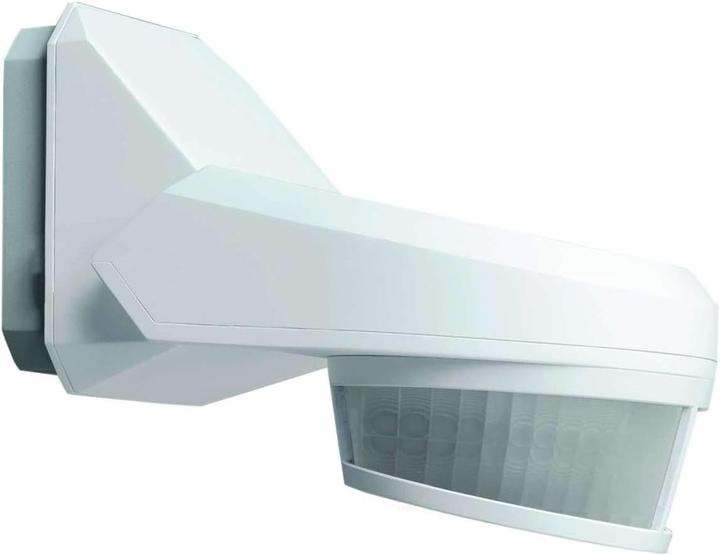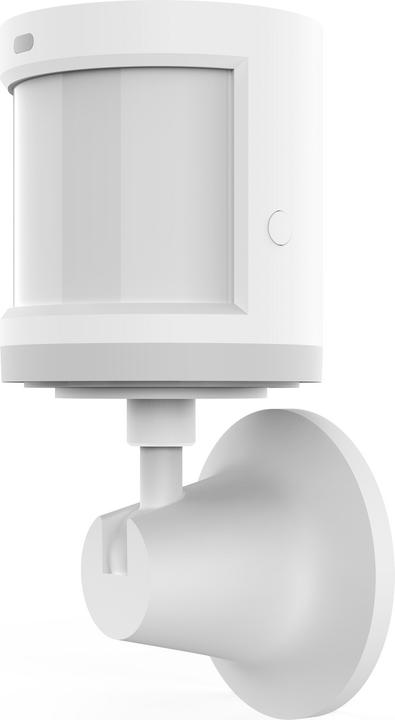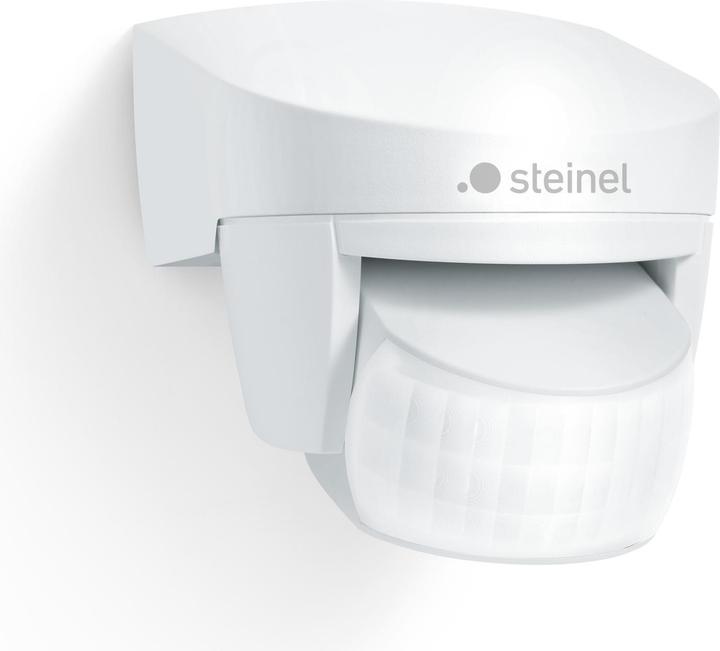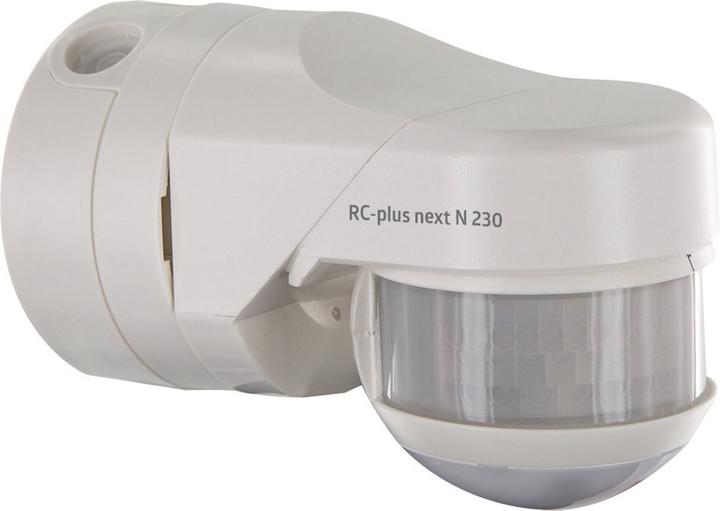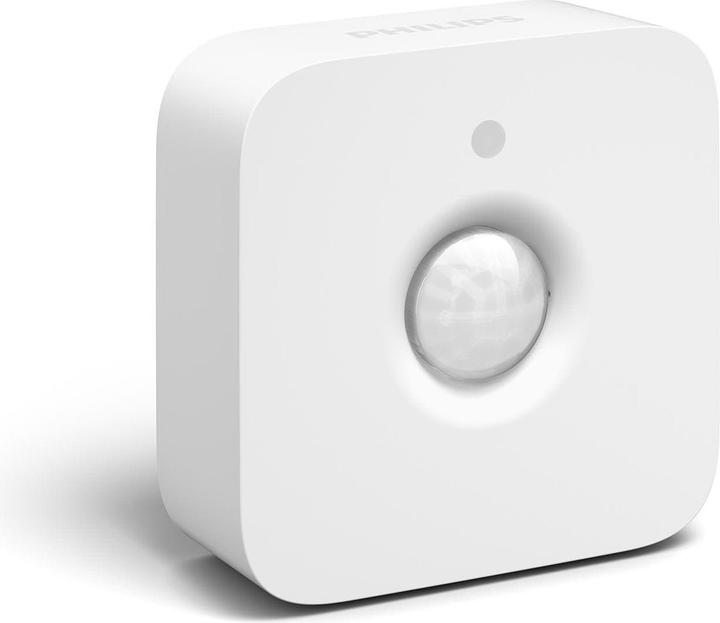
Too Many Motion Sensors? Here's How to Choose the Right One
Discover five key factors to consider when selecting the perfect motion sensor for your needs.
Last updated 3 days ago. Automatically generated content.


Select options and limit the number of products
Motion sensor type determines how a device detects movement to trigger an action, directly affecting its sensitivity and accuracy. Choosing the right sensor type is crucial for ensuring efficient operation and optimal security in various environments.
Popular options (you can select more than one)
Motion sensor
Typical price
57.– to 160.–Detects movement using infrared technology or ultrasonic waves.
Ideal for basic security setups, providing reliable motion detection in open areas.
Bestseller
Presence sensor
Typical price
120.– to 210.–Identifies the presence of individuals using microwave or ultrasonic technology.
Suitable for precise applications, ensuring accurate detection and reduced false alarms in occupied spaces.
Bestseller
Range refers to the distance over which a motion sensor can detect movement, impacting its effectiveness in various settings. Choosing the right range ensures optimal coverage and reliability, enhancing security or automation in specific areas.
Popular options
Up to 5 m
Typical price
140.– to 240.–Suitable for small spaces like rooms or hallways where close-range detection is needed.
Great for indoor use, providing focused monitoring without false alarms from distant movements.
Bestseller
6 - 15 m
Typical price
68.– to 170.–Offers medium-range detection, ideal for larger rooms or small outdoor areas.
Balances coverage and precision, making it versatile for both residential and commercial applications.
Bestseller
16 - 30 m
Typical price
110.– to 210.–Provides long-range detection suitable for large outdoor spaces or warehouses.
Ensures comprehensive coverage, reducing the chance of missed detections in expansive environments.
Bestseller
The type of sensor determines how a motion sensor detects movement, influencing accuracy and reliability. Choosing the right sensor type is vital for ensuring effective motion detection in various environments, from residential to commercial settings.
Popular options (you can select more than one)
PIR
Typical price
76.– to 190.–Uses passive infrared technology to detect changes in heat emitted by objects.
Ideal for indoor use, providing reliable detection of human presence while minimizing false alarms.
Bestseller
Optical
Typical price
150.– to 260.–Employs cameras or light beams to monitor changes in the environment.
Offers precise detection, suited for areas requiring visual verification of movement, like security applications.
Bestseller
IR
Typical price
61.– to 160.–Utilizes infrared light to detect motion, working well in low-light conditions.
Perfect for outdoor environments, providing dependable performance even in darkness.
Bestseller
HF
Typical price
120.– to 230.–High frequency sensors detect movement through radio waves, penetrating non-metallic materials.
Beneficial for complex spaces with obstacles, offering consistent detection through walls or glass.
Bestseller
The smart home ecosystem refers to the compatibility of motion sensors with various smart home platforms, impacting how seamlessly they integrate into your existing setup. Choosing the right ecosystem ensures ease of use, enhanced functionality, and a cohesive smart home experience.
Popular options (you can select more than one)
Amazon Alexa
Typical price
48.– to 200.–Compatible with Alexa devices, enabling voice control and automation features.
Ideal for users already utilizing Amazon services, offering broad compatibility and integration options.
Bestseller
Google Assistant
Typical price
57.– to 190.–Works with Google Assistant devices, allowing voice commands and smart routines.
Best for those invested in Google's ecosystem, providing smooth integration and extensive functionalities.
Bestseller
Apple Home
Typical price
80.– to 190.–Supports Apple HomeKit, facilitating control through Apple devices and Siri.
Perfect for Apple users seeking a secure and streamlined smart home experience with high privacy standards.
Bestseller
Matter
Typical price
43.– to 120.–Adheres to the Matter standard, ensuring interoperability across multiple platforms and brands.
Recommended for users aiming for a flexible and future-proof smart home setup, offering wide-ranging compatibility.
Bestseller
Choosing the right brand for motion sensors is crucial as it affects reliability, ease of integration, and technological innovation. Brands like Philips Hue, Steinel, and Aqara offer varying features, from smart home compatibility to energy efficiency, catering to different customer needs.
Popular brands (you can select more than one)
Philips Hue
Known for its seamless integration with smart home ecosystems.
Offers versatile motion sensors ideal for enhancing home automation experiences.
Bestseller
Steinel
Famous for robust and energy-efficient outdoor motion sensors.
Designed for durability, making them ideal for security and outdoor lighting applications.
Bestseller
Goobay
Provides affordable motion sensors with basic functionalities.
Suitable for budget-conscious consumers seeking simple, effective solutions.
Bestseller
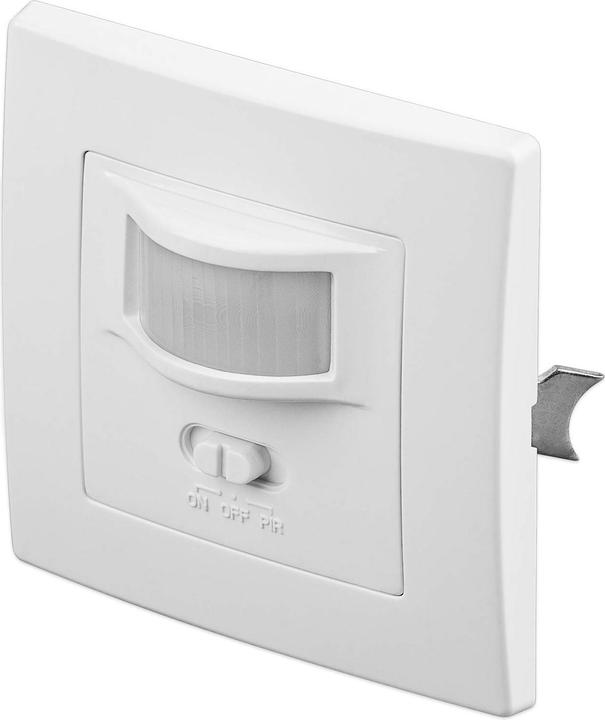
Goobay Flush-mounted PIR motion detector
9 m
BEG
Specializes in high-precision motion sensors with advanced technology.
Ideal for commercial environments requiring reliable and sophisticated motion detection.
Bestseller
Aqara
Offers innovative motion sensors with smart connectivity features.
Perfect for tech-savvy users looking to enhance their smart home setups.
Bestseller

